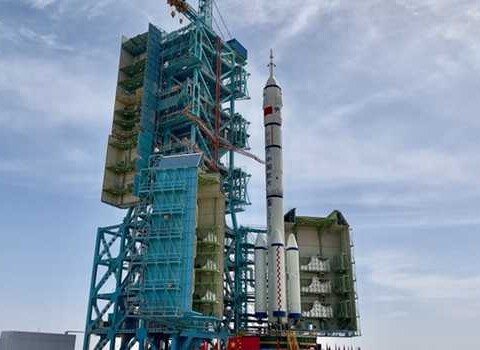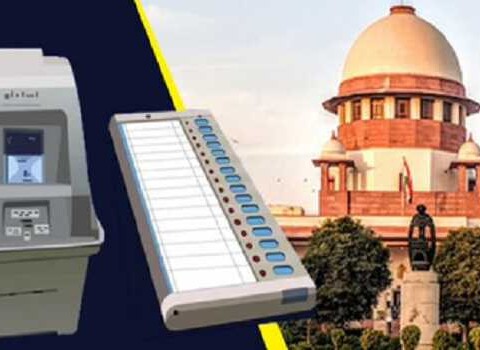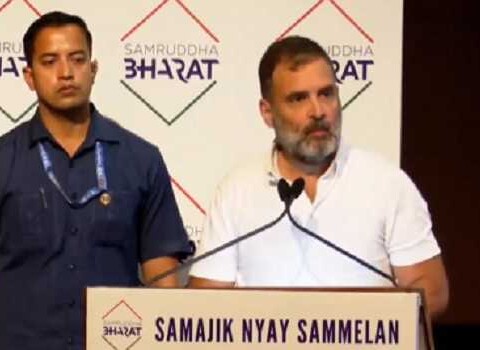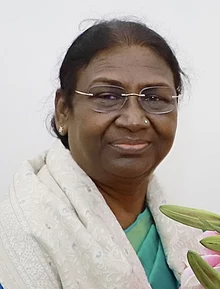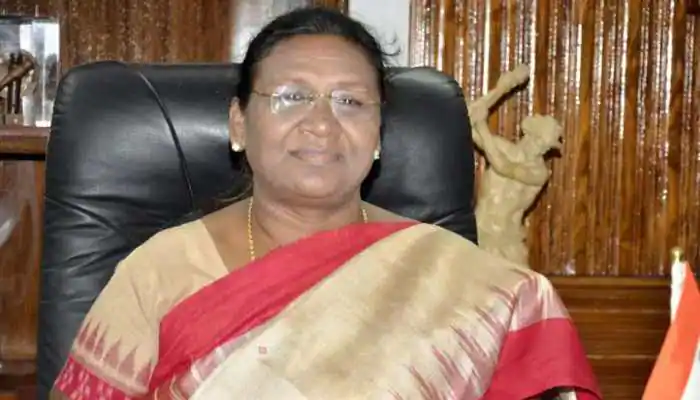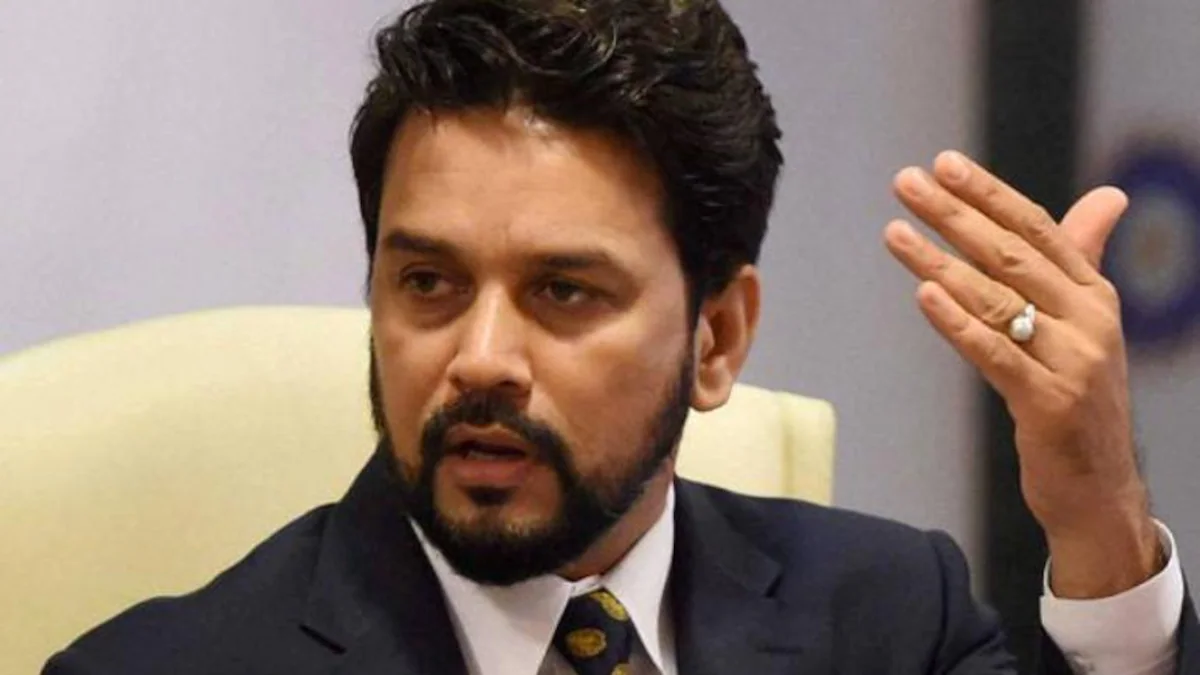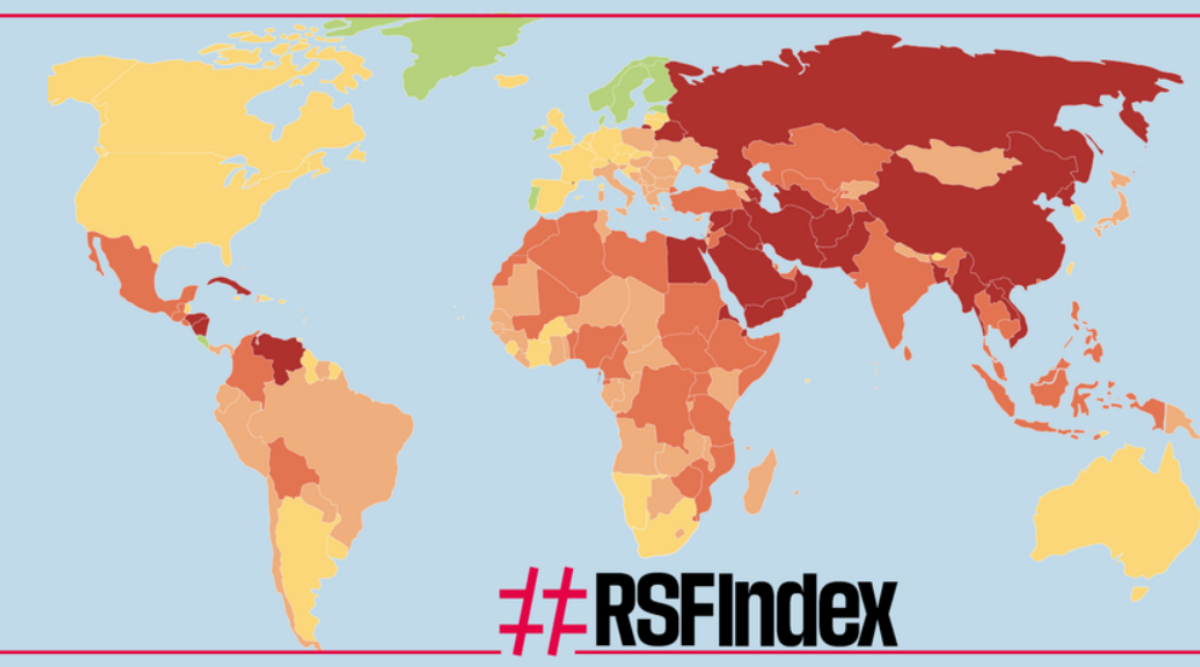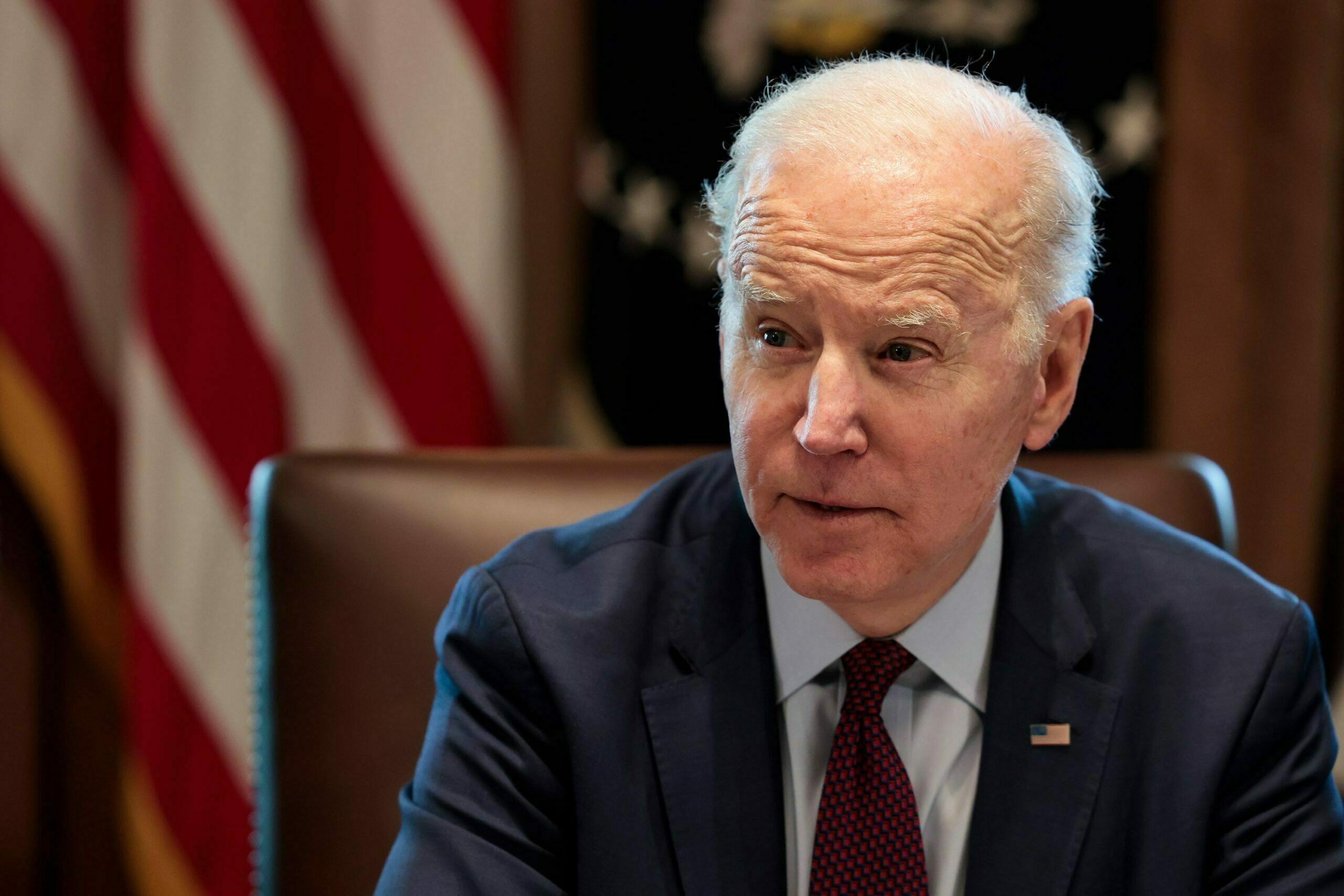In Kashmir, it was a gun-wielding Burhan who became an icon and an aspiration for youth on social media and now it is Pashteen’s red cap which has become the symbol of resistance on social media in Pakistan.
Sumera B Reshi
A wave of anger swept Pashtun communities across Pakistan in mid-January. Pasteen and his budding movement leapt into the fray. Tens of thousands of Pashtuns went on streets, demanding an end to extrajudicial killings and abductions they blame on the Pakistani state. The rally on April 8th proved decisive for the Pashtun (Tahafuz) Protection Movement. Since then, the movement has grown rapidly, drawing large and excited crowds to rallies which disconcerted & unnerved, the strongest institution in Pakistan – the Army.
Initially, PTM was a tiny group that condemned abuses in the Northwest tribal areas, however, in January this year, PTM erupted onto the national scene after Naqbeelbullah Mehsud, a young Pashtun and an aspiring model in distant Karachi was shot dead in a police anti-terrorism operation. Since Mehsud’s death, a gush of anger swept Pashtun communities across the country. For the first time in the history of Pakistan, this speckled and dispersed populace found common cause via social media. The campaign launched by the Pashtun’s on social media raised a spectre of a nationalist uprising among the minority of 30 million people.
After decades of a lull, Pakistan’s powerful institution – the Army faced an unexpected challenge through a charismatic young Pashtun (Manzoor Pashteen), who vowed to raise his voice against the atrocities incurred on the Pashtun community in the hands of security personnel. Seeing his charm and zeal to demand justice, fellow Pashtun rallied behind Pashteen in a dramatic outburst of frustration over accusations of discrimination and extrajudicial killings at the hands of ‘men in uniform’. Pashteen said he won’t let the Pashtuns be tissue papers “that the Pakistani state uses – and then throws away.”
Pakistani journalist Khurram Hussain has called their movement “The Pashtun Spring”.
According to Hussain, an interesting thing about the movement is that it appears extempore with unstructured leadership mainly comprising of the younger generation with no links to systematized politics. Throughout their campaign to get justice, their efforts have been bypassed by the government as well as the mainstream media.
And as per a political analyst & a professor at Queen’s University Belfast, Michael Semple, Pashteen’s movement poses an inimitable challenge to the military’s narrative about its war on militants because it has given a voice to previously marginal accounts.
“It remains one of the weak points of the double game approach — real people live there and see what you’re doing,” added Semple.
The rally coordinated by PTM had huge nationwide participation, especially from KP and the Federally Administered Tribal Areas (FATA). The slogans which echoed throughout PTM rallies were “da sang Azadi da” (what kind of freedom is this?). The slogan resonated as families of missing persons held up placards and banners demanding justice for their loved ones. Pashtun Tahafuz (Protection) Movement didn’t come out of blue, the resentment is deep-rooted, and however, it gained momentum soon after the extrajudicial killing of Naqeebullah Mehsud.
PTM has asserted not to calm down until its demands are met. The list of demands put forth by the PTM is – penalizing Mehsud’s killers – police officer Rao Anwar, a halt in judicial killings, and recovery of all missing persons, clearing FATA of landmines and putting an end to humiliation at check-posts around the heavily militarized tribal region.
The PTM’s rallies amplified across Pakistan but at a rally in Lahore, thousands of Pasteen’s supporters chanted the PTM slogan: “The uniforms are behind the terrorists”.
Certainly, the scene in Lahore was remarkable and the first time any human rights activist had levelled accusations against the security establishment. This surely was a daring act and many viewed it as a dangerous red line because, in a country where the army runs a parallel govt, it is like inviting death to challenge it.
However, military says that it carried out multiple operations in the region and has taken steps to harden the porous border, indicating that thousands of people were killed by militants which is a clear evidence of Pakistan’s sacrifices.
While talking to AFP, Major General Asif Ghafoor said, “No army can support terrorists against whom they have fought so relentlessly”.
Despite army’s repeated denial, allegations persist. In January, the White House suspended security assistance to Pakistan over the issue. In the face of it, there were few dramatic improvements in security in recent years, yet the tribal areas are forbidden to foreigners and journalists. Therefore, the facts rarely get verified and media have to believe on the official version of the news.
The Afghan and the Pakistani Taliban, two separate militant entities, are dominated by Pashtuns. Consequently, ordinary Pashtun civilians are often categorized as backward tribesmen in league with terrorists, harassed in cities, harried by landlords and denied free movement.
Initially, Pashteen and his friends started on the “Pashtun Long March” to Islamabad in January, they carried a list of just 150 names allegedly abducted by security forces, hoping to present it to authorities. At that time, their aims were humble now the motive is obvious. In Pakistan, Pashtun’s make up only 15 per cent (roughly 30 million) of the populace. Since ages, Pashtuns are applauded for their bravery and valor and on the basis of their bravery, both militants and the military have turned to them for decades to fight wars for them.
“Certainly, this kind of organized struggle for Pashtun rights, reforms and resources have not been seen in years and years,” said Rahimullah Yusufzai, the Peshawar-based editor of The News, a Pakistani newspaper.
“The people of the tribal areas have had pent-up feelings of resentment and anger at their treatment by the state for decades,” he added. “Naqeebullah’s killing was just the tipping point.”
Regardless of the opposition, PTM is demanding more action on the harassment of Pashtuns. “The biggest thing (the movement) achieved was removing that atmosphere of fear,” said analyst Rafiullah Kakar.
Meanwhile, the military has accused PTM of collusion with Pakistan’s enemies. “They are young and simple Pashtuns who are being exploited by inimical forces,” said Major General Asif Ghafoor.
Despite a huge support to PTM, there is a difference in post-January and Mid May. Initially, social media was abuzz with news and views on PTM and its young charismatic leader, Manzoor Pashteen, who appeared as an angry young man a la Amitabh in Zanjeer, however, social media campaigns have turned hostile towards PTMs motives.
The movement which swayed everyone in its favor is now deemed to incite violence and alleged of receiving foreign aid. There are analysts who compare the PTM’s anti-state rhetoric to that of Taliban. Even Pakistan’s Army Chief, General Bajwa didn’t shy away from branding the PTM rallies “engineered” and a form of “hybrid warfare” to weaken Pakistan.
As a goodwill gesture, Gen. Bajwa, met with Mehsud’s family in Peshawar and vowed to bring justice, but he also warned that “engineered protests” would not be tolerated, a clear reference to the April 8 rally.
Ironically, Pakistan has been complaining that the world hasn’t appreciated it sacrifices it made since the US declared war on terror in 2001. But to combat terror, the Pashtun’s have been the first causality. Since 2001, scores of Pashtun’s in the tribal region have been slaughtered, wounded and displaced by terror and none talks about the losses incurred on Pashtuns physically, mentally and material vice.
Often, Pashtun’s have faced widespread discrimination in Pakistan. They have been labelled as terrorists and drug dealers. A year ago, police in Punjab province were ordered to pay special attention to Pashtuns and to treat them as potential terror suspects.
Moreover, Pakistan has hosted millions of Afghan refugees, most of them Pashtuns for decades and they frequently complain about police harassment and other forms of discrimination.
As per Army’s views, Pakistan’s terrorism problem would be solved if Afghan refugee were returned to Afghanistan. Further, any kind of Pashtun activism is expected to trigger Pakistan’s military’s greatest fears. They fear Pashtun nationalists might call for a separate country uniting Pashtuns along both sides of the Afghanistan-Pakistan border. Although the PTMs demand revolves around Pashtun rights, not a separate homeland, as Michael Kugelman, deputy director and senior associate for South Asia at the Woodrow Wilson Center said it rightly, age-old anxieties die hard.
Nevertheless, the army has been maintaining that terrorism had been eliminated rather it showcased new roads, markets and hospitals. Though the military relies on peace and development placard in the tribal belt, the PTM speaks of indignity and injustice. In addition, Afghan parliamentarians, as well as President Ashraf Ghani, have expressed support for the PTM, therefore, confirming army’s claim of foreign hand behind the making of the PTM.
Political pundits, however, are of the opinion that if any kind of understanding is not sorted out between the PTM and the administration, longstanding Pashtun grievances could harden & tensions between Pashtuns and the government could intensify, thus, heighten stability risks. So to counter a larger threat, the announcement which came on 24th April by top brass Army official in Peshawar that a high powered Jirga on the tribal council, comprising of politicians and elders will be formed to hold talks with the PTM is a welcome step.
Undeniably, Pashtuns have been caught between the militants and the military for years. A clean-shaven Pashtun is accused of being a pro-government by the Taliban and someone with a beard is accused of being an extremist by the military. Pashtuns are caught between the two identities.
Manan Ahmed Asif, a professor of history at Columbia University, called the tribal areas “a geography outside the laws of the nation,” where both militant groups and the army had found that “violence could be meted out with little regard to its inhabitants.”
In KP & FATA, at least 70 per cent of the people live in poverty. Only 10 per cent women and 36 per cent men are literate. For years, Pakistani militants have used the lawless area to initiate assaults against Pakistan’s government and against United States-led forces in Afghanistan.
According to Simbal Khan, a security analyst and non-resident fellow at a think tank, the Center for International Strategic Studies, in Islamabad, said she was sceptical that the protests would lead to real change for Pashtuns. “It doesn’t portend to become a genuine Pashtun uprising,” she added. “Political parties and other groups want to pick up issues that resonate with the public, and this march provides them with a platform. This is just politicking.”
“Pashteen’s social consciousness may be rooted in his Pashtun identity, “but the questions he is asking are relevant for all of us”, opined a lawyer and a columnist, Babar Sattar.
Demands of the PTM are constitutional and non-violent and this is the reason why the group has won the support of the middle class and some of the political leaders who have supported their right to protest but the problem lies in the looming mistrust of the people of Pakistan who now call the movement ‘foreign-inspired’. The road to justice and victory is suave & easy rather quite bumpy for the PTM and Pasteen. He could be labelled as a rebel or a loyalist or he could die or survive, all depends on the tag he receives at the end.
Read more :



